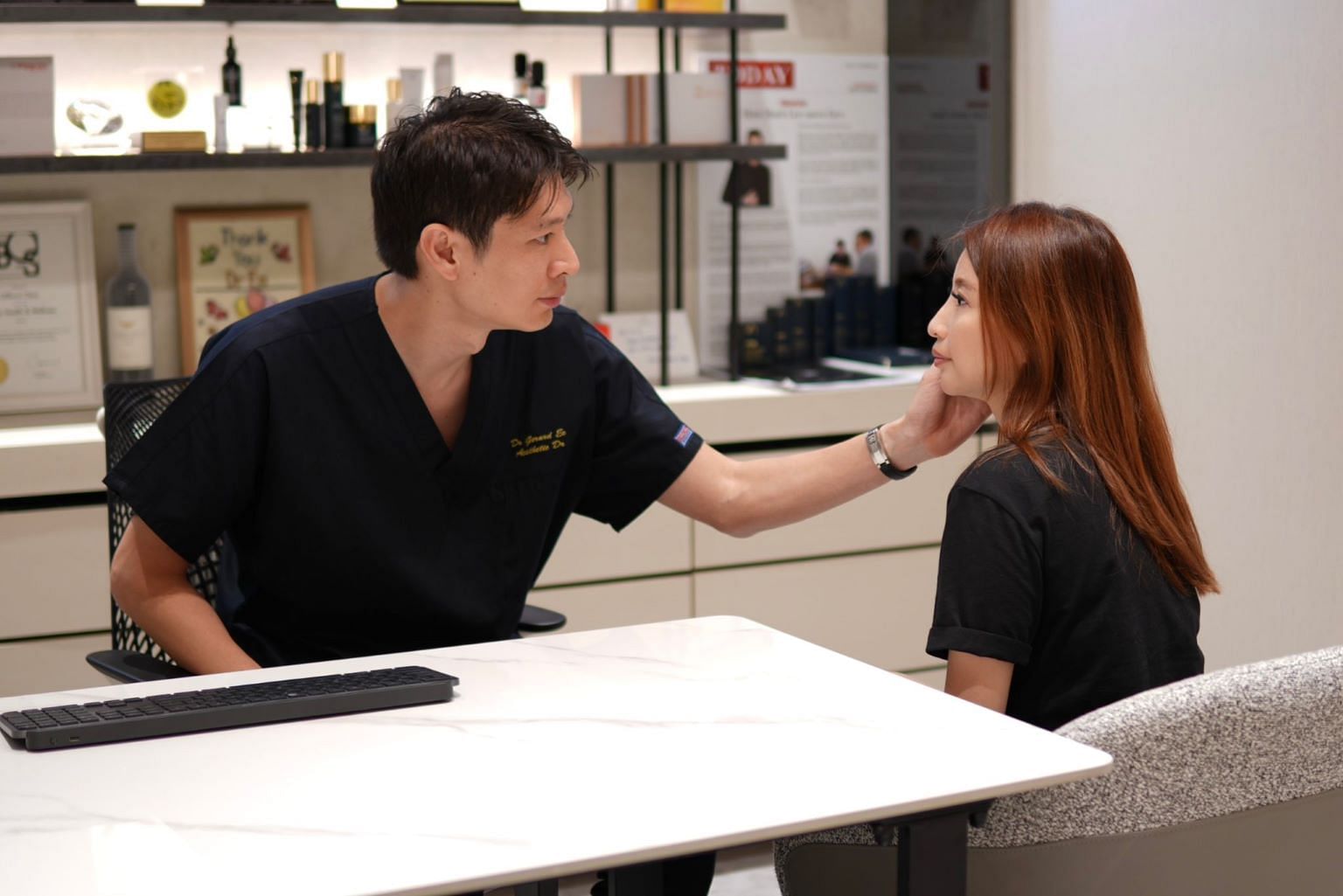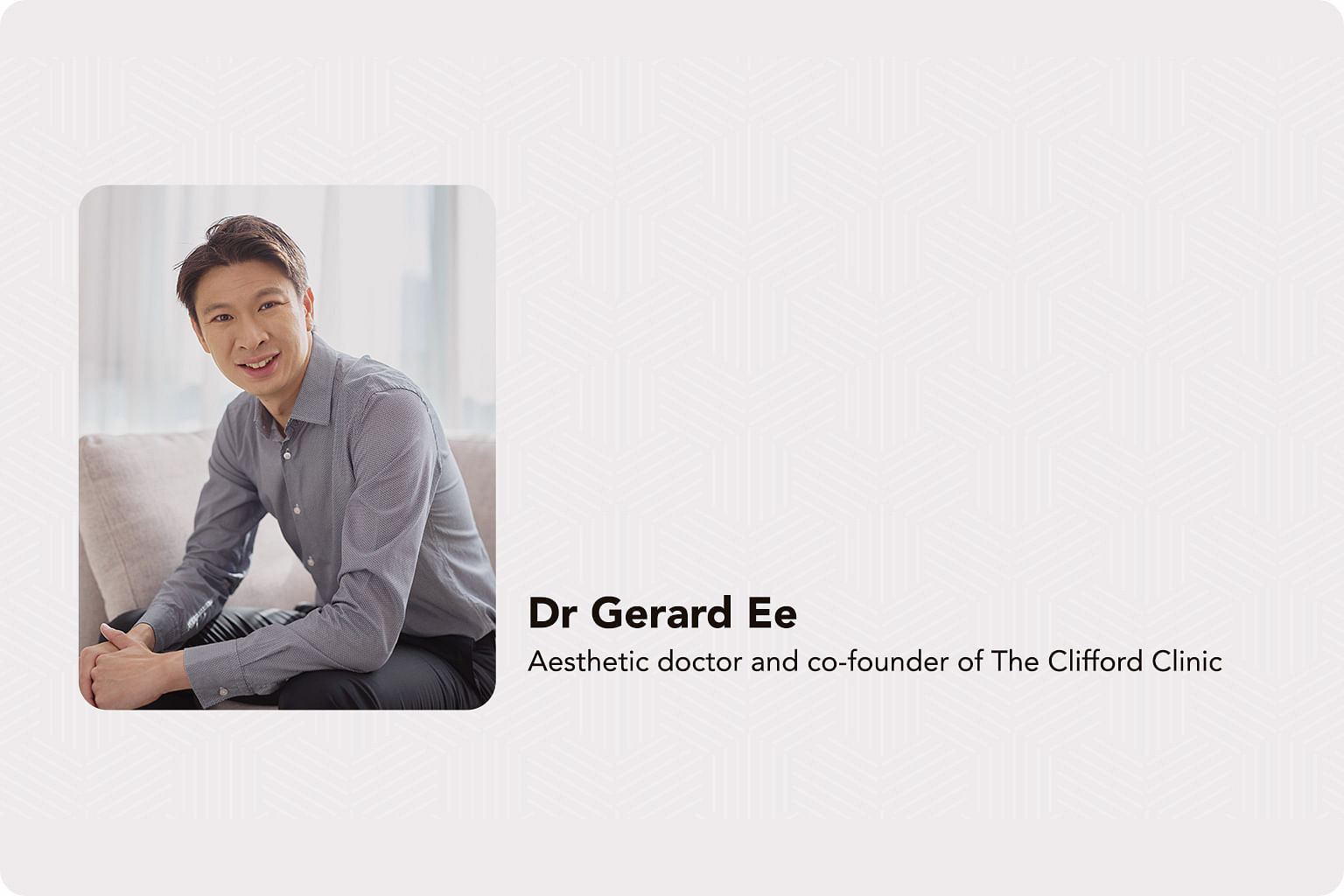Whether you are a busy executive, a new mother or a retired senior, skin pigmentation can be a concern.
Freckles, sunspots, acne scars, melasma and hyper-pigmentation (overproduction of melanin) often arise from a combination of factors, such as sun exposure, hormonal shifts, genetic predisposition and inflammation, says Dr Gerard Ee, co-founder of The Clifford Clinic, an aesthetic clinic.
Pigmentation changes are usually harmless, but in some cases, leaving them untreated or not addressing them properly may lead to the problem persisting or worsening. For acne scars, there is also an increased risk of permanent scarring, notes Dr Ee.
Laser treatments available today can help with stubborn pigmentation. Some can also help boost collagen production and help to calm down inflamed skin, says Dr Ee.
If you have been struggling with pigmentation and other skin issues, read on to find out which treatment might work best for your complexion and lifestyle.
Pico laser: Five-minute treatment lightens appearance of pigmentation and boosts collagen production
Among the various treatments available at The Clifford Clinic, the Picocare 450 laser is the most popular, says Dr Ee.
This five-minute procedure uses short, speedy bursts of laser energy to break down the melanin that causes pigmentation, sunspots and uneven skin texture. The body then absorbs the eliminated smaller particles and the treated area will gradually look lighter and clearer.

“You can see the lightening of the pigmentation after a single session. For sunspots and freckles, this usually takes about 10 treatments,” says Dr Ee. “Stubborn pigmentation such as melasma will usually require more sessions, and a combination treatment like microneedling and skin boosters can provide more effective clearance.”
Another added bonus: The energy produced by the Picocare laser can also support the rebuilding of skin collagen to achieve smoother, firmer skin.
Dr Ee adds that while Pico lasers are generally safe for all skin types, there is a risk of them aggravating melasma or hyper-pigmentation in darker skin tones. In such cases, he advises his patients to take extra care of their complexion with sunscreen.
“Typically, most people experience some redness that will subside within hours or a few days after. If there are any scabs, they will fall off on their own within three to five days,” he adds.
Q-switch: ‘Lunchtime’ treatment targets scars, open pores and acne
For those with pigmentation, open pores, acne or acne marks, The Clifford Clinic’s Q-switch is a viable option. This five-minute treatment generates a non-invasive high-energy laser pulse on the targeted area to break down the pigments for absorption by the body.
“Acne marks can look lighter in four to six months, or over eight to 12 sessions,” says Dr Ee.
The Q-switch laser’s energy can also have anti-inflammatory effects – this is helpful as inflammation is a key factor in acne development, so it may also help in calming active acne, he adds.
By triggering collagen stimulation and skin renewal, the Q-switch laser treatments can also result in improved skin texture and can minimise the appearance of pores.

As to why this is also known as a “lunchtime treatment”? Apart from possible skin redness that usually fades within an hour, there is almost no downtime after the Q-switch laser session – even applying make-up is fine, says Dr Ee. The occasional occurrence of hives can be treated with medication.
Similar to Picocare laser treatments, the usual sun protection for those with darker skin also applies.
Fraxel Dual laser: ‘Two-in-one’ treatment spurs growth of new skin and minimises wrinkles and scars
The Fraxel Dual laser is suitable for those who have dull skin tone, fine wrinkles or stretch marks.
Earning this treatment its “dual” name are lasers of two wavelengths – the Erbium Glass laser and Thulium laser – each designed for specific skin concerns, notes Dr Ee.
First, the Erbium Glass laser gently heats the skin's lower layer without harming the surface, supporting cell renewal and collagen production, while also helping to reduce the appearance of fine lines, acne scars and age spots. Next, the Thulium laser targets the skin's top layer, resurfacing the outermost layer and encouraging the growth of new, youthful-looking skin.
“After one session, melasma can look lighter,” says Dr Ee who suggests two to four sessions of Fraxel in combination with the Picocare laser for best results. Each treatment takes 10 minutes, with 45 minutes of preparation prior to the session, where numbing cream is applied to the skin.
Some patients may experience redness for one to two days. They should keep the treated area clean and dry, and apply medicated cream if prescribed any.
However, those who plan to undergo Fraxel laser treatments must avoid excessive sun exposure, tanning or swimming for five days after the laser treatment. These activities may increase the risk of adverse effects such as hyper-pigmentation, says Dr Ee.
For more information visit The Clifford Clinic.



